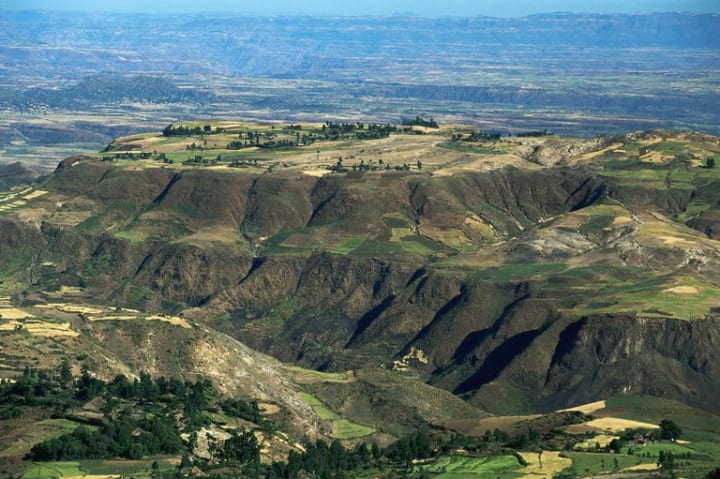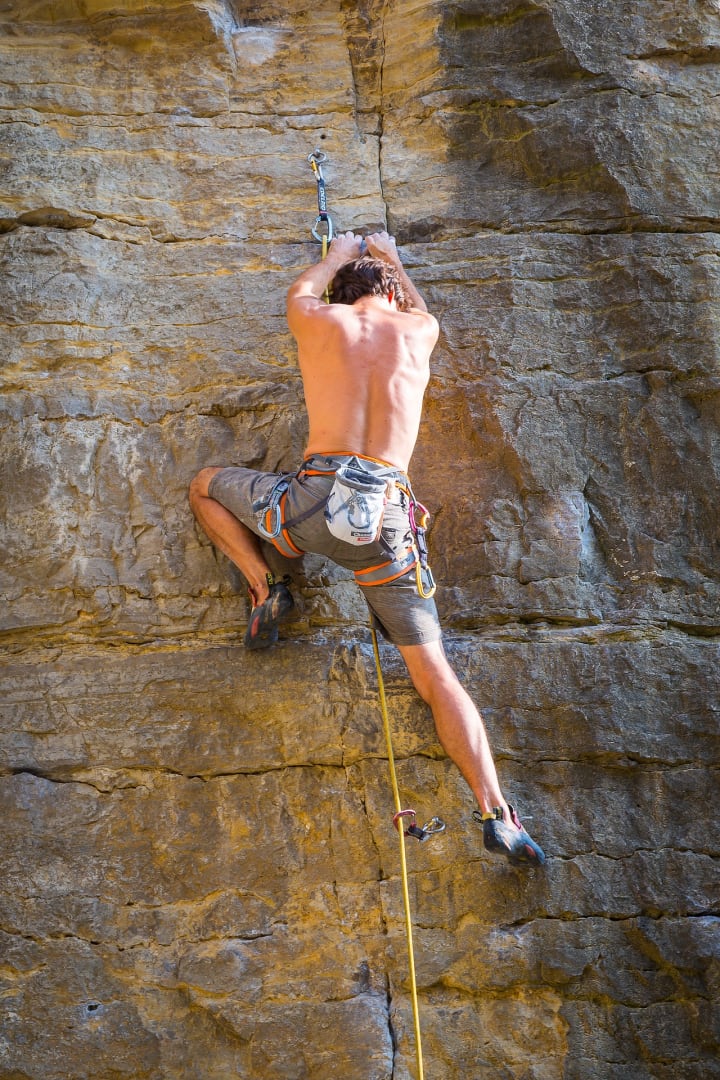Why We Walk on Two Legs
Bipedalism and How It Occurred

Perhaps the greatest frustration in evolutionary biology is bipedalism. Why walk on two legs if running on all fours is faster? Well, for the last hundred years or so, we were taught we stood up to see over the tall grass of the savannah, much like meerkats. This freed our hands to carry food, make tools, and become the mighty hunter. That theory went out the window when the entire Savannah Hypothesis bit the dust. Ardipithecus and Australopithecines are now viewed as semi-woodland dwellers. Here we developed two-leggedness because we stood on branches, using the hands to steady us, employing a light touch. They have even determined how strong the touch would be as we steadied ourselves, swaying branches and what the force of a breeze would be. Some people have got too much time on their hands!
The reason they have gone towards branch holding is that Ardipithecus and Australopithecus have long arms but are bipedal. So obviously they must still be in the trees, right? But what about the other apes that didn't end up bipedal? Weren't they also clinging to branches? Why weren't they using two legs instead of four? Africa was going through a great drying out. The forests were shrinking. The other apes followed the trees. We didn't. Were we too dumb or too lazy to follow the trees? In any basic biology course, you learn that speciation occurs when a species becomes geographically separated from other members of that species. During the dry out of Africa, the Great African Ridge was forming. It cannot be a coincidence that at the very time our species was differentiating from the original LCA (Last Common Ancestor), the greatest tectonic movement on the planet at that time was also occurring.
Geographic Isolator

Great African Rift
It is forgone conclusion that we didn't follow the trees because we couldn't. We were trapped between the rift and the Red Sea. All of the Ardipithecus and Australopithecus fossils have been found in Ethiopia in the Afar Triangle. To find yet older fossils you would have to go to Djibouti and Eritrea, on the coast. As this very article is being written, they are finding evidence for this in Eritrea.
Here, we finally come to a more viable reason for bipedality and long arms. An ape's foot has a bend in the mid-foot so it can wrap the foot around a branch for support. We have no such bend. Our foot is stiff mid-foot, and so were the feet of the earliest hominids found. If you have ever seen anyone rock wall climbing or cliff climbing, you cannot help but notice the foot is stiff as the climber toes off. When you are surrounded by cliffs that are full of yummy seabirds and their delicious eggs, you get cliff climbers. Cliffs also provide rock shelters for protection in bad weather and from predators. Longer arms would aide in reaching while climbing.
Cliff Climbing

Notice the Stiff Foot
Now, what about the sea? Apes always walk on two legs when they are in the water. There would have been a smorgasbord of seafood for the taking. Young ones would have been drawn to the water, and mothers would have been following them. Lots of food up on the cliff, as well. Cliff climbing, wading in water, ample food requiring the use of the hands to gather because you were forced by water into standing upright. Put the combination of the stiff arch and wading together and you have a nice tidy hypothesis. Better walking was probably just something that occurred serendipitously as an outcome of these new adaptations. Much evidence for this has been washed away by the ever enlarging Red Sea, but researchers are finding it in Eritrea and some of the islands in the Red Sea.
About the Creator
Monica Bennett
I am a retired high school and college teacher. I have taught forensics, biology, chemistry, ecology, and Earth science.. Long Island has been my home for 60 years.






Comments
There are no comments for this story
Be the first to respond and start the conversation.